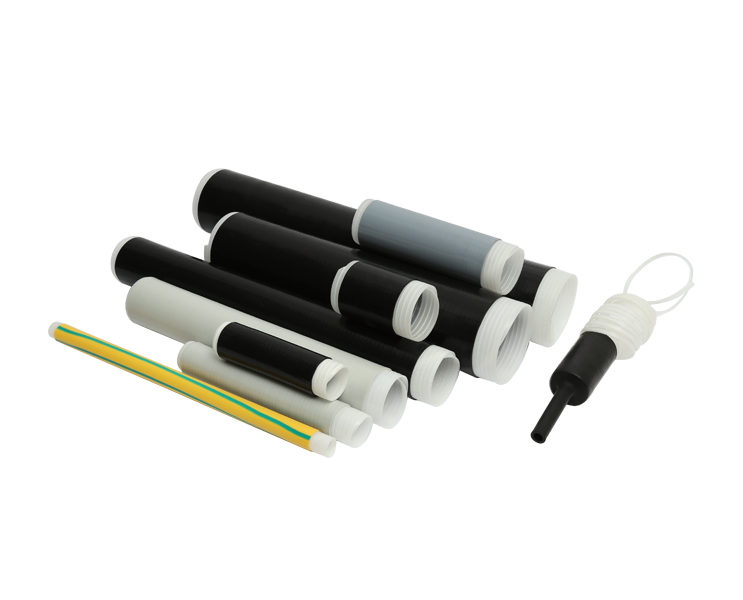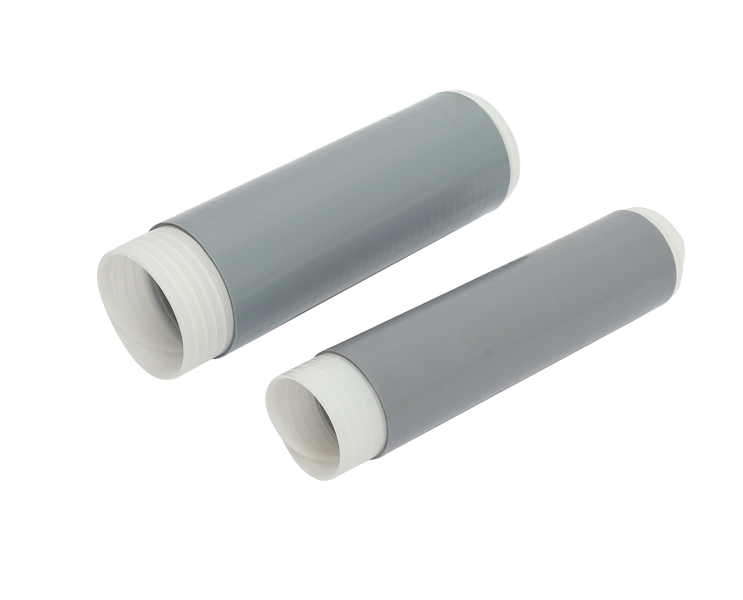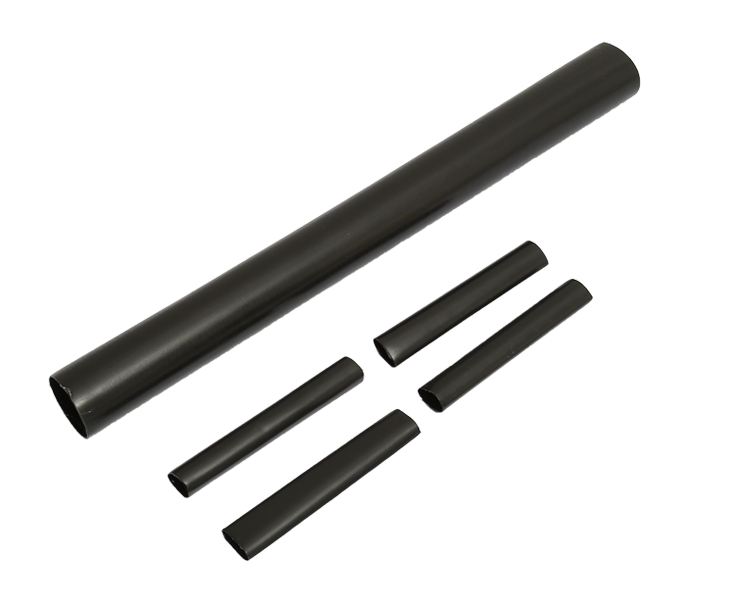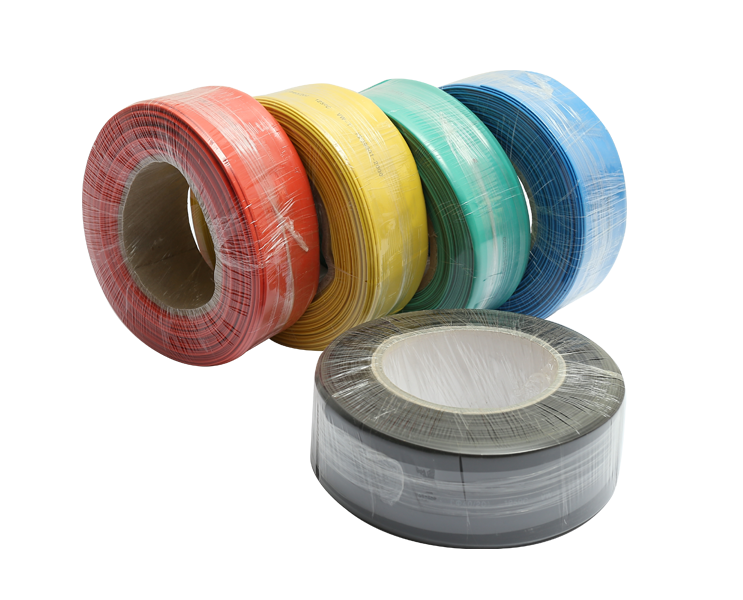Heat shrink cable sleeves, often referred to as heat shrink tubing, are essential components in electrical and electronic applications. They provide a protective covering for wires and cables, ensuring safety, durability, and longevity. These sleeves are designed to withstand harsh environmental conditions and mechanical stresses, making them indispensable in various settings, from industrial facilities to residential homes.
Heat shrink cable sleeves are made from polymeric materials that contract when exposed to heat. This unique characteristic allows them to fit snugly around cables, creating a tight seal that protects the enclosed wires. The process involves heating the sleeve with a heat gun or other heat source, causing it to shrink and conform to the shape of the cable.
Key Features:
Durability: Constructed from high-quality polymers, these sleeves are resistant to abrasion, chemicals, and UV light.
Insulation: They offer good electrical insulation properties, preventing short circuits and enhancing safety.
Flexibility: Available in various sizes and lengths, they can accommodate different cable diameters and configurations.
Weather Resistance: Designed to withstand extreme temperatures and weather conditions, ensuring long-lasting protection.
Heat shrink cable sleeves are used across a spectrum of applications, demonstrating their versatility and importance in protecting electrical systems.
In industrial environments, these sleeves are vital for protecting wiring in machinery and equipment. They shield against potential damage from moving parts, chemicals, and high temperatures, thereby reducing the risk of electrical faults.
In homes, they are used to safeguard electrical connections, such as those in wall outlets, light fixtures, and appliances. This helps prevent electrical hazards and extends the life of electrical components.
In the automotive sector, heat shrink sleeves are employed to protect wiring harnesses from heat, abrasion, and other environmental factors. This is crucial for maintaining the reliability and safety of vehicle electrical systems.
Telecommunication infrastructure relies on these sleeves to protect cables from both external damage and environmental elements, ensuring uninterrupted service.
The use of heat shrink cable sleeves offers several advantages that contribute to the reliability and safety of electrical systems.
By providing a robust barrier around cables, they help prevent electrical hazards such as short circuits and fires.
Protection from environmental factors and physical damage extends the lifespan of cables, reducing the need for frequent replacements.
Their ease of application makes them a convenient solution for both professionals and DIY enthusiasts.
While the initial investment in heat shrink sleeves might seem significant, their long-term benefits in terms of safety and reduced maintenance costs make them a cost-effective choice.
Selecting the appropriate heat shrink cable sleeve involves considering several factors to ensure good performance and protection.
Material Quality: Choose sleeves made from high-quality materials that offer the good protection and durability.
Size and Diameter: Ensure the sleeve matches the diameter of the cables to be protected for a proper fit.
Temperature Rating: Consider the temperature rating of the sleeve to match the operating conditions of the application.
UL Listing: Look for sleeves that are listed by recognized safety organizations, such as UL, to ensure they meet safety standards.
Heat shrink cable sleeves play a critical role in protecting electrical cables across various applications. Their ability to provide a durable, insulating barrier makes them an essential component in both industrial and residential settings.

 English
English 简体中文
简体中文



